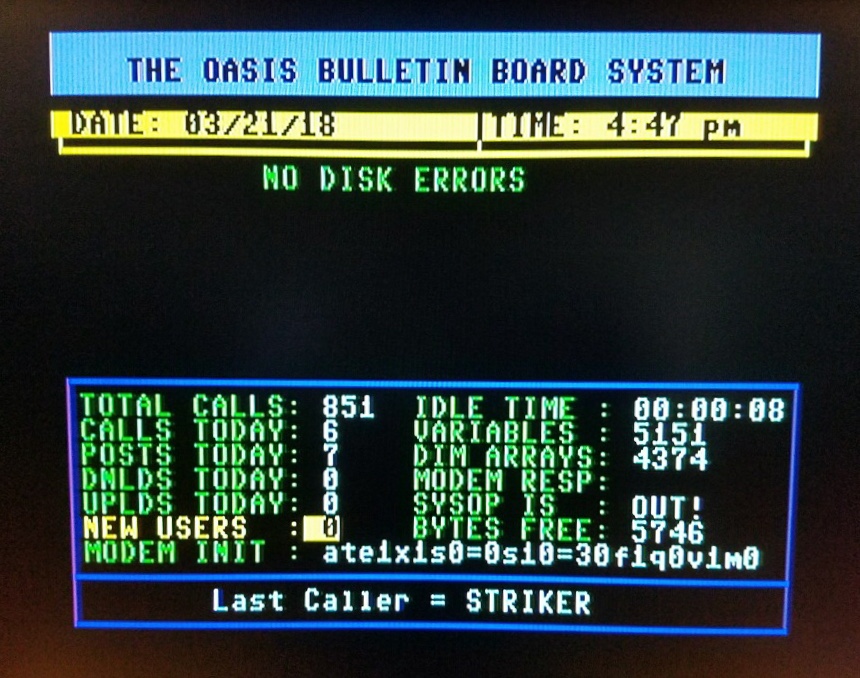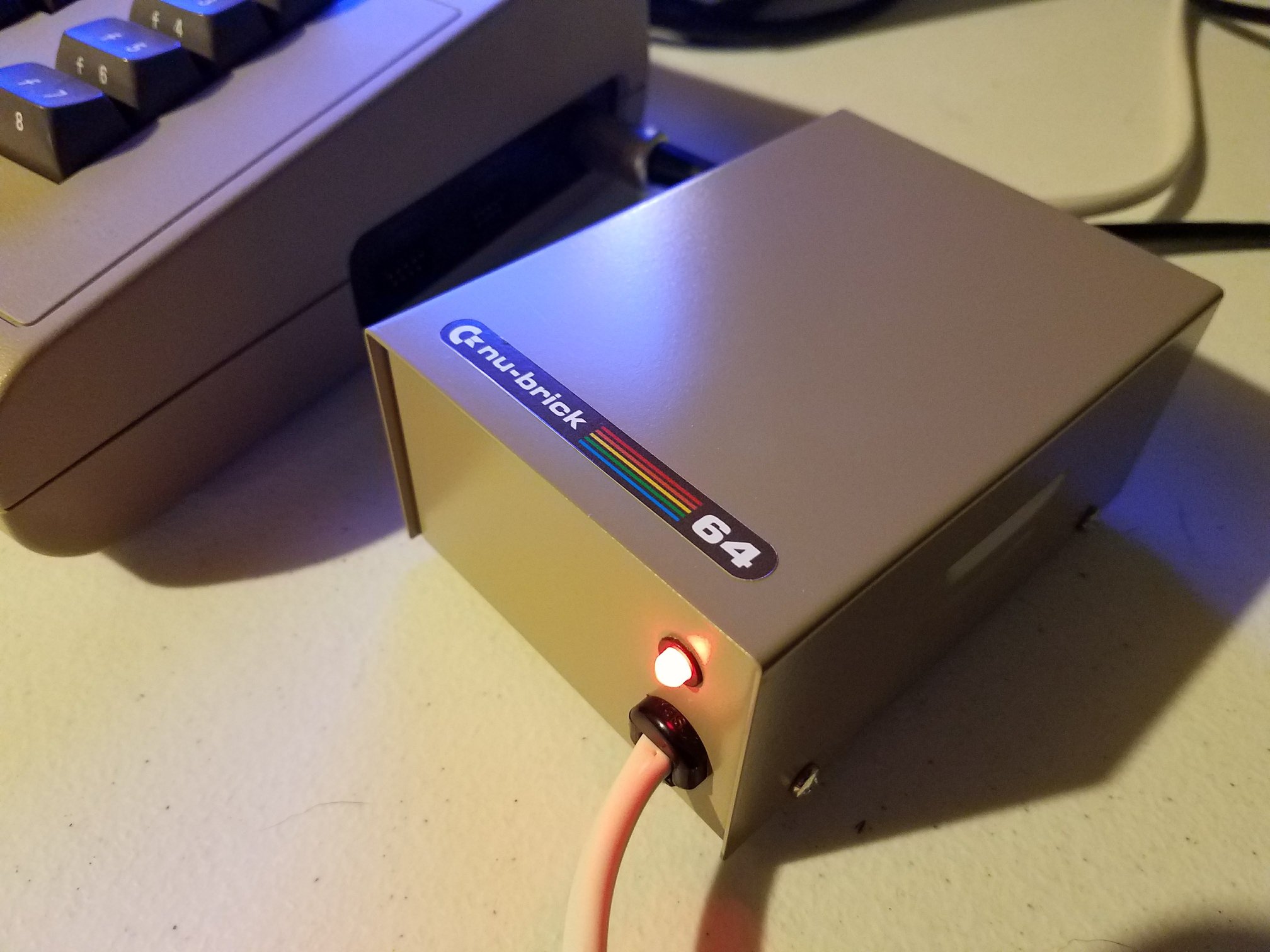The Cheeky Commodore Gamer returns with a new video, Legendary SID Chip & 8-Bit Music Revolution. The Legendary SID Chip wasn’t just a sound generator—it was the heartbeat of the Commodore 64. Anyone who owned this computer remembers that unmistakable pulse: a raw, electric energy that gave every game its own voice. Unlike the flat tones of rival systems, the SID chip could roar, sing, and thrum like a tiny synthesizer trapped inside a beige plastic shell.
Created by Bob Yannes in 1982, the SID—short for Sound Interface Device—wasn’t built by chance. Yannes was a musician who wanted a chip that could express feeling. He packed it with oscillators, filters, ring modulation, and envelope control. It wasn’t just a component—it was a creative weapon, and developers quickly turned it into legend.
Composers Who Made Code Sing
Rob Hubbard stood at the forefront. His music for Monty on the Run, Commando, and Sanxion turned game soundtracks into events. Using raw assembly code, he pushed the SID’s limits, layering beats and bending waveforms into something that felt alive. His tunes didn’t just accompany gameplay—they defined it.
Then came Martin Galway. Where Hubbard brought energy, Galway brought atmosphere. He pioneered digitized samples, fitting fragments of real audio into impossibly tight memory spaces. His tracks for Wizball, Times of Lore, and Rambo felt cinematic, proving that emotion could exist inside eight bits of sound.
Ben Daglish added personality. Known for his humor and live performances, Daglish often played his C64 compositions on real instruments. His work on The Last Ninja with Antony Lees remains one of the most recognizable game soundtracks ever created.
And David Whittaker? He was the everyman composer—the guy whose tunes were everywhere. Lazy Jones, Street Surfer, and Shadow of the Beast showed his clean, rhythmic style. He reminded everyone that sometimes the simplest groove was the most memorable.
The Rise of the Demo Scene
After the commercial golden years, a new wave of fans picked up the SID torch. The demo scene exploded with creativity, led by composers like Jeroen Tel, Reyn Ouwehand, and Matt Gray. These artists weren’t bound by game deadlines—they were free to explore pure sound.
Matt Gray’s Last Ninja 2 soundtrack still turns heads decades later. At any retro convention, humming a few notes from it can spark instant recognition. The Legendary SID Chip continues to inspire, proving that great music never dies—it just finds new hardware to inhabit.
The Sound That Never Fades
Even in 2025, the SID’s influence echoes across generations. Modern musicians remix its tunes, symphony orchestras perform its themes, and electronic artists born long after the 8-bit era still study its voice. Festivals celebrate it, and hobbyists continue coding new tracks on original Commodore 64s.
The SID didn’t have studio-level fidelity, but it had soul. It broke boundaries, inspired creativity, and turned a humble computer into an instrument of rebellion and art.
So when that familiar buzz hits your speakers again, take a moment to smile. That’s not just retro sound—it’s a heartbeat from the past, still alive, still electric.
The Legendary SID Chip wasn’t just hardware. It was expression, attitude, and the unmistakable sound of the 8-bit revolution.







